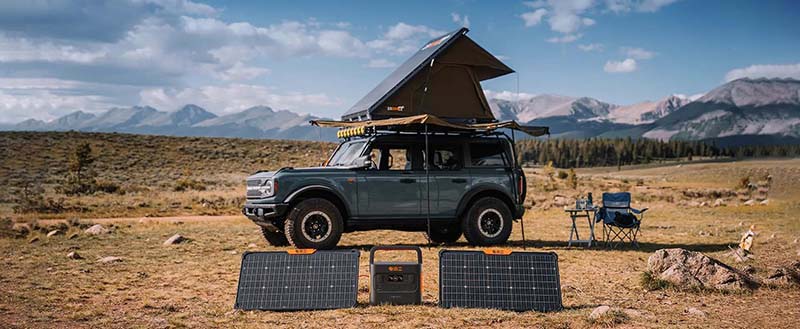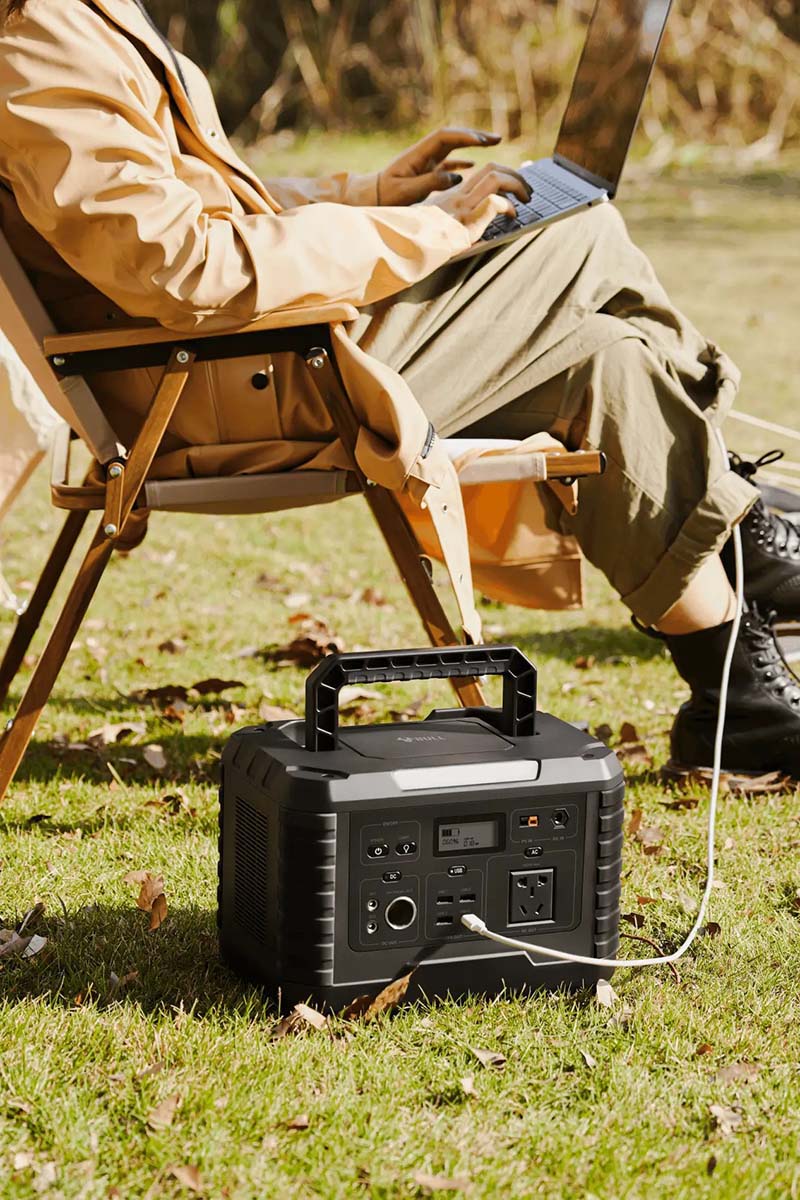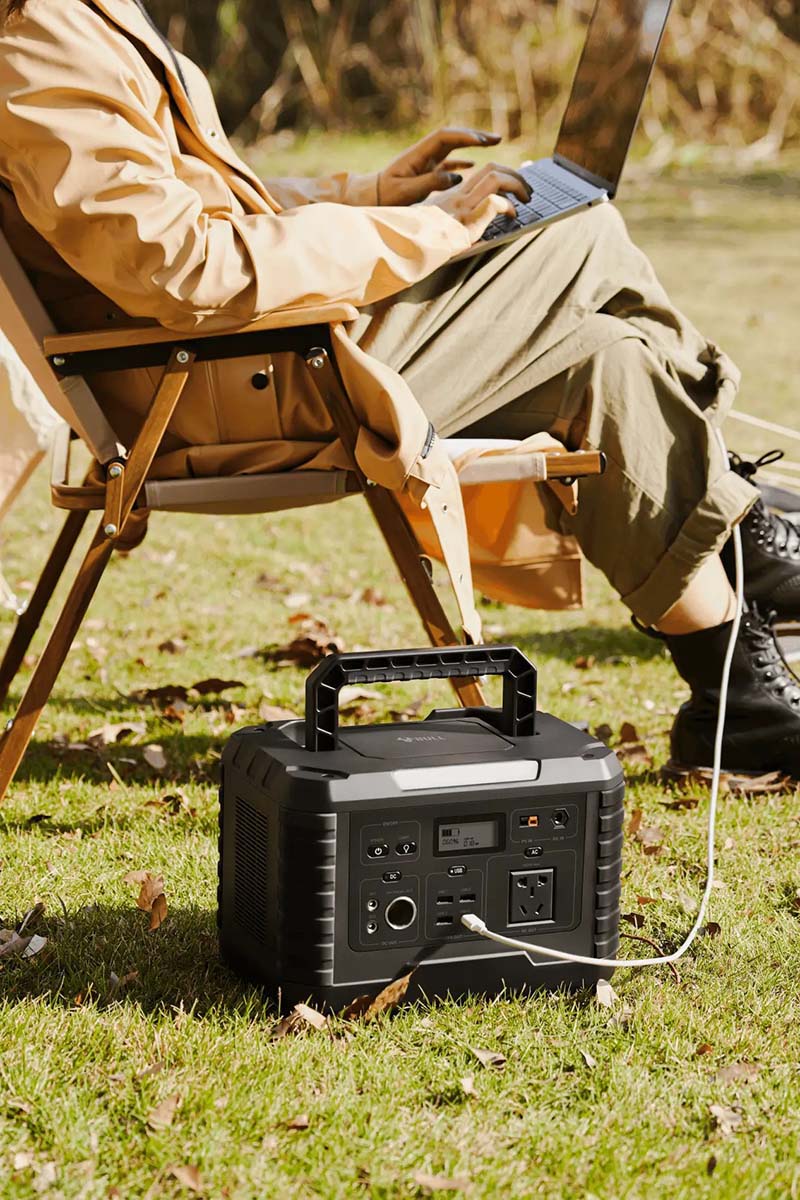off grid solar power systems diagram
Portable power station can be used for Fitness trackers, Car air purifiers, Mini manicure polishers, Manicure lights, Portable formaldehyde testers, etc, An off-grid solar power system diagram illustrates the essential components and their connections needed to generate and...

Essential Devices Powered
- Rated output power 100W-8000W optional
- Compatible with MPPT solar charge controllers to improve solar energy conversion efficiency.
- The backpack features a dedicated mounting interface, allowing it to be secured to the outside of the backpack during outdoor hiking.
- The design with a centrally located center of gravity prevents it from tipping over during transport.
- Power maintenance can provide temporary power for testing tools and lighting equipment.
Camping Benefits
- Outdoor yoga speaker power supply
- Power supply for photovoltaic power plant operation and maintenance inspection instruments
- Livestock farm surveillance camera power supply
- Power supply for equipment at temporary outdoor testing sites in hospitals
- Temporary lighting for suburban guesthouses
An off-grid solar power system diagram illustrates the essential components and their connections needed to generate and store electricity independently from the utility grid. At the heart of the system are solar panels, which capture sunlight and convert it into direct current (DC) electricity. This electricity then flows to a charge controller, which regulates the voltage and current to protect the batteries from overcharging. The batteries store the energy, ensuring a continuous power supply even when the sun isn’t shining. From the batteries, power is sent to an inverter that converts DC electricity into alternating current (AC), the form used by most household appliances. Additional components such as fuses, breakers, and wiring ensure safety and efficient power distribution throughout the system. Some systems may also include backup generators or additional renewable sources to enhance reliability. This diagram serves as a blueprint for designing and installing off-grid solar setups, ideal for remote locations, cabins, or emergency power solutions. By understanding the flow of energy and the role of each component, users can optimize their solar power system for maximum efficiency and independence from traditional power sources.


